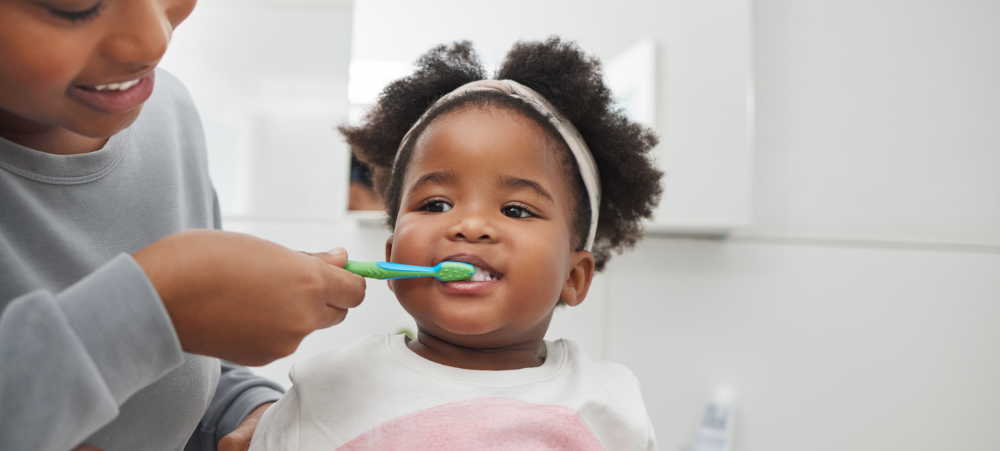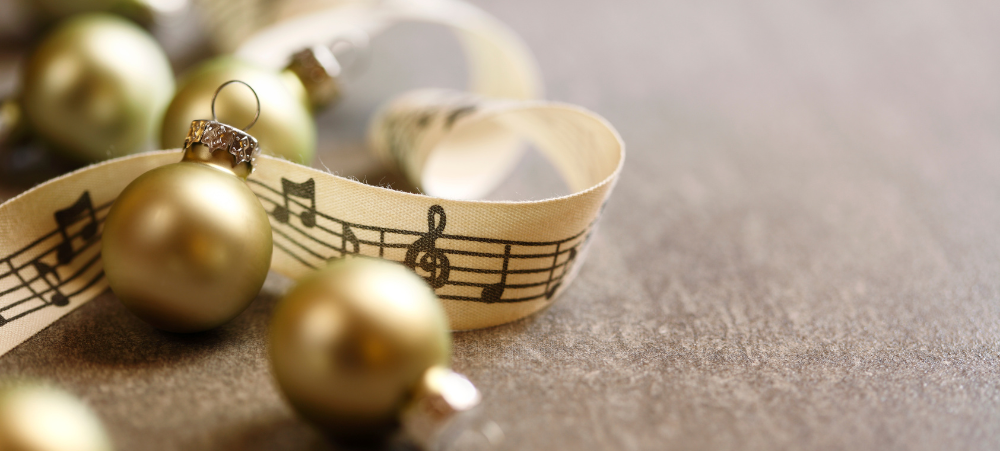Affinity Health, a leading provider of high-quality health coverage, provides seven tips to help your toddler brush their teeth efficiently.
“As a parent, you understand the importance of good oral hygiene for your child’s health. However, convincing a toddler to brush their teeth can sometimes feel like an uphill battle,” says Murray Hewlett, CEO of Affinity Health.
“Toddlers are known for resisting new routines, and toothbrushing is no exception. But with patience, creativity, and a few strategies, you can make toothbrushing an enjoyable and stress-free activity for both you and your toddler.”
Start Early and Make it a Routine
Toddlers typically have 20 primary teeth, also known as baby teeth or deciduous teeth. These teeth serve as placeholders for their permanent teeth, starting around the age of six and continuing until early adulthood. The 20 primary teeth consist of:
The timing of when these teeth first appear can vary from child to child, but here’s a general guideline:
- Incisors: The lower central incisors are usually the first to come in, generally around 6-10 months of age, followed by the upper central incisors.
- Lateral Incisors: These typically emerge next, around 9-13 months.
- First Molars: The first molars typically appear around 13-19 months.
- Canines: Canines, or cuspids, usually emerge around 16-22 months.
- Second Molars: The second molars typically last around 25-33 months.
The key to successful toothbrushing with toddlers is to start early and establish a routine. When your child’s first tooth appears, it’s time to begin brushing. Start with a soft, age-appropriate toothbrush and water. Brushing your toddler’s teeth twice daily, ideally in the morning and before bedtime, helps create a sense of consistency and familiarity.
Lead by Example
Children often mimic their parents’ behaviours. Brush your teeth alongside your toddler to show them that toothbrushing is a normal and essential part of daily life.
Choose the Right Toothbrush
A small, child-sized toothbrush with soft bristles is best, as toddlers have sensitive gums. Ensure the toothbrush is made from safe, non-toxic materials (free from BPA – bisphenol-A). You can choose between a toothbrush with replaceable brush heads (electric or manual) or a traditional manual toothbrush.
Some parents prefer the convenience of replaceable heads as they may be more cost-effective in the long run. Remember to replace your toddler’s toothbrush every three or four months or when the bristles show wear and tear.
Try different toothpaste brands
Opt for a toothpaste for toddlers with a fluoride content of 1,000 ppm (parts per million) or less. Fluoride is important for preventing tooth decay, but excessive consumption can lead to fluorosis, affecting teeth’ appearance.
Look for toothpaste flavours that your toddler will enjoy. Many toddler toothpaste options come in appealing flavours like strawberry, watermelon, or bubblegum, making brushing more enjoyable. Always use a pea-sized amount of toothpaste on your toddler’s toothbrush and encourage them to spit out excess toothpaste after brushing.
Make It Fun with a Song or Story
Create a toothbrushing song or story to make the experience more engaging for your toddler. Sing a short, catchy song while brushing, or tell a fun and imaginative toothbrushing story. Associating toothbrushing with something enjoyable can help turn it into a positive habit.
Offer Choices and Independence
Toddlers love to feel a sense of independence and control. Allow your child to make choices when it comes to toothbrushing. For example, let them choose which toothbrush they want or which toothpaste flavour they prefer.
Turn It into a Game
Transform toothbrushing into a game to capture your toddler’s interest. Pretend their mouth is a zoo, and you’re the zookeeper cleaning the animal’s teeth. Use a timer to make it a race against the clock, challenging your child to brush until the timer beeps.
Positive Reinforcement and Rewards
Positive reinforcement can go a long way in motivating your toddler to brush their teeth. Use positive phrases like “Great job!” or “You’re such a good brusher!”
Consider implementing a reward system. Create a sticker chart where your toddler earns a sticker for each successful toothbrushing session. After accumulating specific stickers, they can receive a small reward, like a special treat or extra playtime.
We understand that there are many aspects that encompass a Mother, Father or Child and strive toward providing resources and services that accommodates this.
Our content is aimed to inform and educate families on issues starting from pregnancy through to the challenges of the teen-age years.
- Tiny Toons Looniversity Returns: Meet the Voice Behind Plucky and Hamton! - December 12, 2025
- From Pain to Possibility: Panado®’s New Marketing Campaign, Highlights The Joy Of Pain Relief - December 10, 2025
- Feeding Unicorns by Jeni-Anne Campbell: A bold new book for business leaders who care - December 9, 2025






3 thoughts on “SEVEN TIPS TO HELP YOUR TODDLER BRUSH THEIR TEETH WITH EASE”
This is very informative. Love it
My son still struggles to brush front lower teeth, I have to help him after he finish brushing himself.
Currently struggling to help my child brush his teeth and this has been helpful, very informative. Thanks Parenting hub.